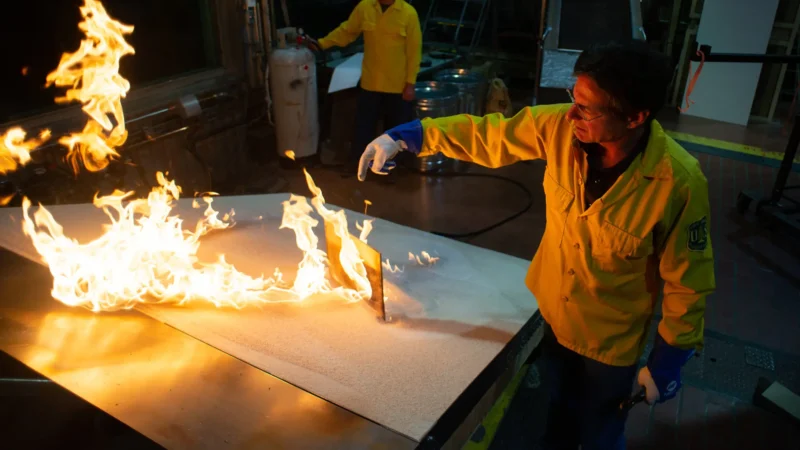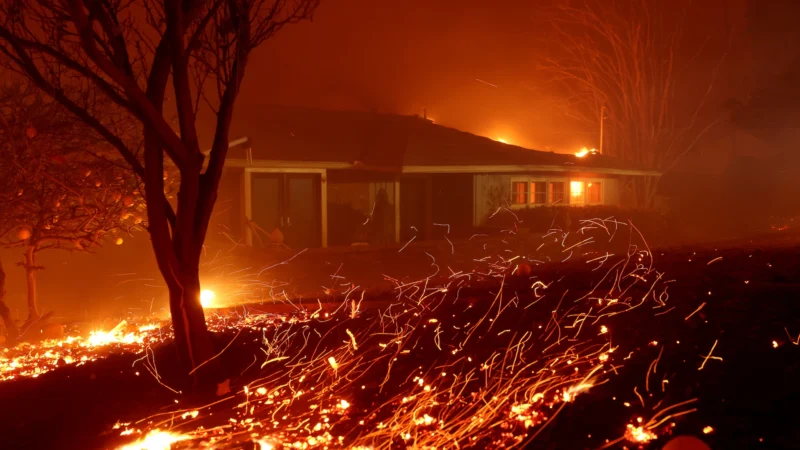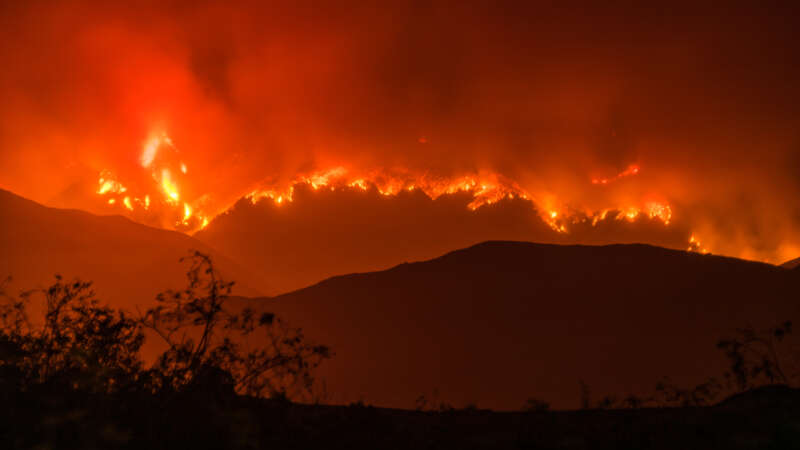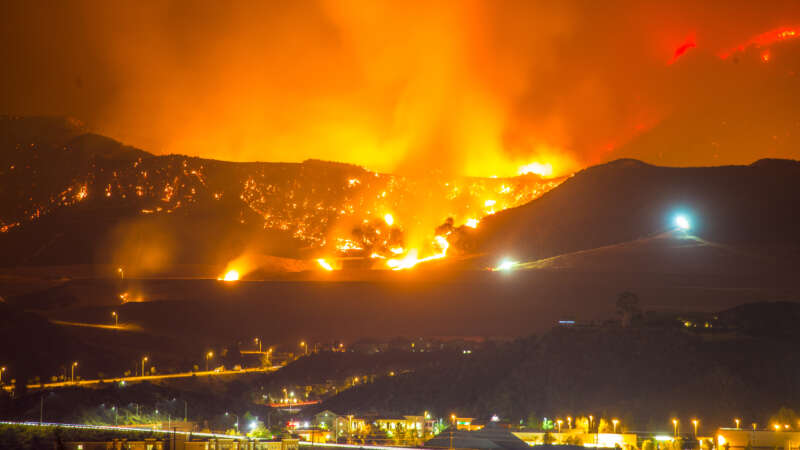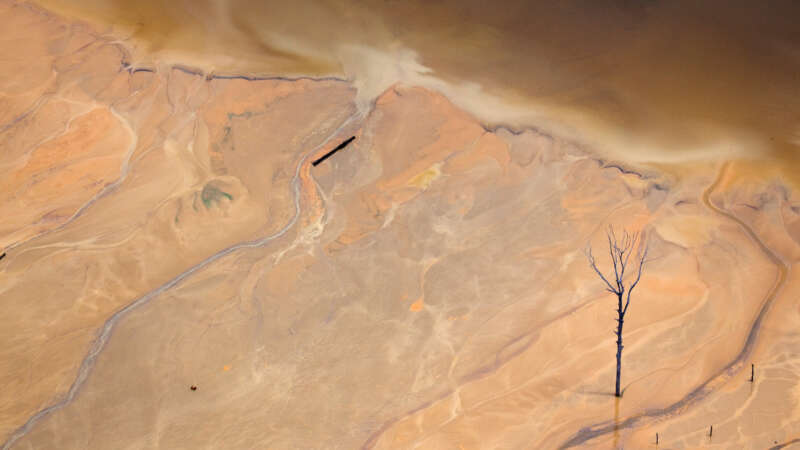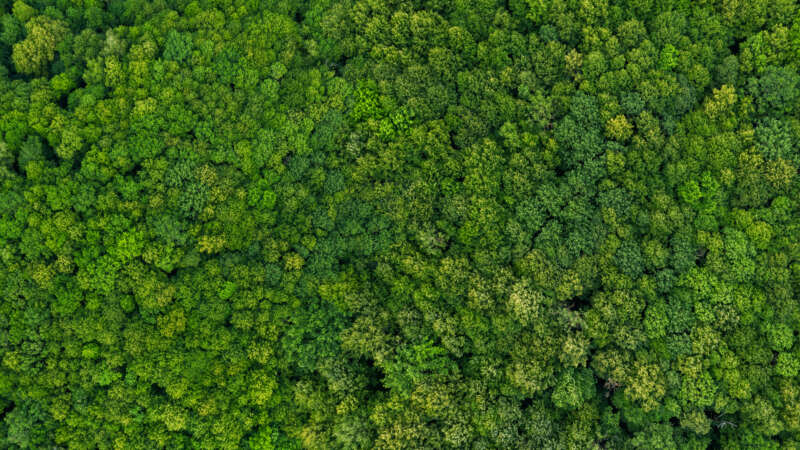forest fires
Dr. Mark Finney: Changing How We Fight (and live with) Fire
Dr. Mark Finney is a Senior Scientist and Research Forester with the U.S. Forest Service at the Missoula Fire Sciences Laboratory. With a Ph.D. in wildland fire science from UC Berkeley, Finney has spent decades exploring fire as both an ecological force and a physical process. His work has laid the foundation for many of the wildfire behavior models used today across the country.
Finney is a strong advocate for rethinking traditional fire suppression strategies. He emphasizes the need to let “good fire” play its role in the landscape, using tools like prescribed burns and targeted fuel treatments to prevent more extreme fires down the line. His research has revealed that long-held beliefs about how fires spread, such as the role of radiant heat, are often incorrect.
A New Kind of Urban Firestorm
Everything around Walker Savage was smoke. Smoke and embers and broken tree limbs and the relentless roar of the wind. Wearing a respirator and goggles from his woodworking studio, he sprayed his garden hose into the gale, hoping to wet the walls and porch of his 99-year-old adobe house enough to keep them from igniting.
But then he saw the flames come surging down the mountain above his home in east Altadena, California: “It was like an avalanche,” Savage said. “But not of snow — it was of fire.”
More than a week later, Savage is still trying to wrap his mind around the Eaton Fire, which killed at least 16 people, destroyed an estimated 7,000 structures and is still only 45 percent contained. The flames moved faster than firefighters could fight them, reaching deep into the suburb to scorch houses well outside the state-designated risk zone.
The Age of Firestorms
Dr. Roslyn Prinsley never imagined that stepping outside her home in Canberra would feel like walking into a smoke-filled abyss. But during Australia’s devastating bushfire season in 2019-2020, even in places untouched by flames, the air was so thick with smoke that breathing felt impossible.
“I asked myself, what are we doing here in the 21st century? We can’t actually go outside and breathe fresh air in one of the cleanest countries in the world,” she remembers thinking. “We can’t let this keep going.”
Dr. Roslyn Prinsley is the Head of Disaster Solutions at the Australian National University’s Institute for Climate, Energy & Disaster Solutions (ICEDS). Finding innovative ways to fight wildfires is part of her daily work – a task that has become more urgent than ever as wildfires grow increasingly frequent in Australia and across the globe due to climate change.
Wildfires are projected to rise 30% by the end of 2050, according to a report by the UN Environment Programme (UNEP) and its partner GRID-Arendal.
One of the recent wildfires in California became the most destructive in Los Angeles history, killing at least 29 people—a number expected to rise—and reducing over 10,000 homes to ash. A perfect set of environmental factors such as long-term drought, preceding heavy rainfall, and hurricane-force Santa Ana winds combined at the worst possible moment.
All of this turned the regular wildfire into what’s called a firestorm.
Inside the L.A. Firestorm
The 2025 LA Wildfires were among the most destructive and costly in U.S. history, driven by a combination of shifting climate patterns and growing development in fire-prone areas. As these types of fires become more common, it raises important questions about how we prepare for and respond to future risks. In this PBS video, experts explore the factors behind the firestorm and what can be done to reduce the impact of similar events going forward.
The Role of Technology in Forest Management
In Brazil’s Pará region, new roads are cutting through the pristine Amazon rainforest, opening up once-untouched areas to human activities. Expansive stretches of lush greenery are vanishing at an alarming pace, yielding to barren patches and freshly cleared land.
Meanwhile, far into space, the European Space Agency captures high-resolution satellite images of the region that unveil an important pattern: deforestation occurs predominantly near these newly constructed roads.
Back in 2016, it sparked a question: what if there were a tool to monitor these roads and forecast potential deforestation areas? Not long after PrevisIA was born.
In 2021, Microsoft with Vale Fund and the Amazon Institute for Man and the Environment (Imazon) developed a new AI tool called PrevisIA, to predict deforestation hotspots in the Amazon. Using satellite imagery from the European Space Agency and an algorithm developed by Imazon, the tool produces heat maps showing the most exposed conservation areas, Indigenous lands, and other settlements, along with rankings for states and municipalities.
Daniel Beltrá: Capturing Earth’s Beauty and Humanity’s Impact
Daniel Beltrá, a Madrid-born photographer now calling Seattle, Washington, his creative haven; has a distinctive approach to his photography. His most captivating works are large-scale photographs taken from the air, providing viewers with a sweeping panorama of our world’s wonders and woes.
His unwavering passion for conservation can be seen from this elevated vantage point as he skillfully reveals the contrast of nature’s magnificence and humanity’s destructive footprint.
Forests & Earth’s Temperatures
Seeing the forest through the trees is an expression you may not think of when the topic of global warming comes up. However, 31% of the earth’s surface is covered by trees and each one is working overtime to sequester carbon to combat global warming. Carbon sequestration is a natural or artificial process by which carbon dioxide is removed from the atmosphere and held in solid or liquid form, and it is estimated that forests absorb approximately 7.6 billion metric tons of carbon annually.
